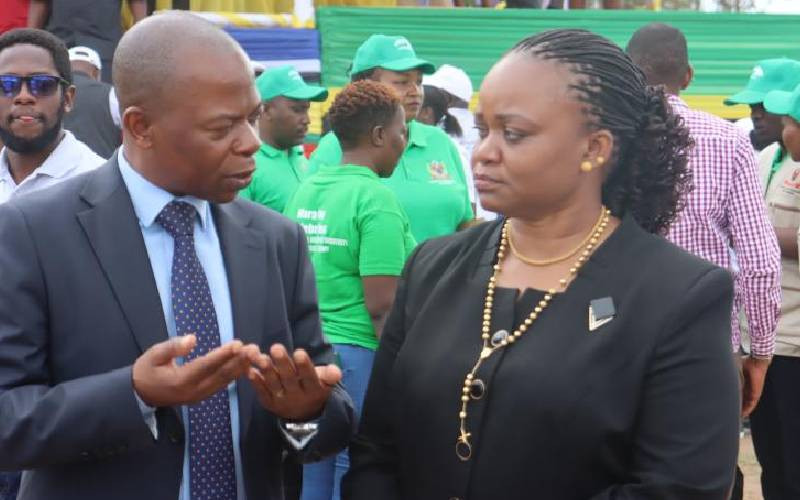×
The Standard e-Paper
Home To Bold Columnists

Delegates from the East Africa Community (EAC) have endorsed an ambitious proposal to save the fragile Mara ecosystem which is facing a huge threat of environmental degradation.
This is happening as experts from Kenya, Tanzania, and Uganda as well as partners made a resounding call for justice for the ecosystem that is the cornerstone of life the Maasai Mara and the Serengeti game reserves.